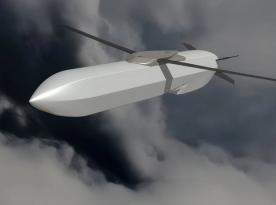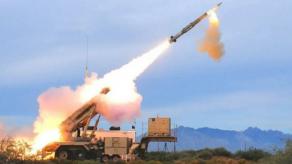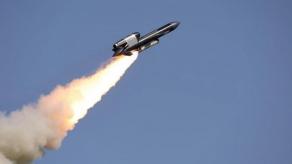As of 2024 the official record stood at 480.23 km/h, set by father-and-son team Mike and Luke Bellamy of South Africa. That said, the performance of operational Ukrainian air-defense drones, strike-capable platforms such as the Sting, which can reach roughly 315 km/h, remains a notable achievement because these systems must also carry warheads.
A technology now being used in a new generation of purpose-built speed-record quadcopters allows even higher velocities. For example, Fastboy 2, built by Swedish student Samuel Hobb, reached 557.64 km/h in April 2025.
Read more: 1 Million Drones, Zero Chinese Parts: America's SkyFoundry Innovation
Technically, these machines reuse the familiar "rocket-like" layout: an X-shaped wing arrangement with motors mounted on the arms. The principal innovation that produced the near-100 km/h leap in top speed, however, was the cooling system.
Previous record attempts relied on air cooling, which uses intakes that increase aerodynamic drag. Switching to liquid cooling has allowed designers to push into a new speed bracket despite the extra mass this system adds.
The officially recognized mark was soon eclipsed by the Bellamy family from South Africa, who also used liquid cooling and reported 569 km/h for their machine, the Peregreen 3, according to their telemetry.
In a video accompanying that flight, the developer detailed how the new cooling system improved performance. Changing the propeller pitch from 7×11 to 7×15, together with more powerful motors, drove the electronic speed controllers (ESCs) to temperatures of 92 °C. Bear in mind that at maximum output the V3 platform consumes around 15–16 kW.
Beyond cooling, the Peregreen 3 program required extensive aerodynamic optimization, structural strength calculations and careful selection of nylon grades for 3D printing. A detailed video documents these technical choices.
So, 569 km/h is now a realistic benchmark, and further attempts are likely to push quadcopters toward 600 km/h. Liquid cooling could also be applied to combat anti-air drones, though achieving such speeds will be more difficult for weaponized platforms because they must carry warheads.
Read more: Ukrainian Raybird ACS-3 UAS by Skaeton Demonstrates Incredible Survivability on Battlefield














